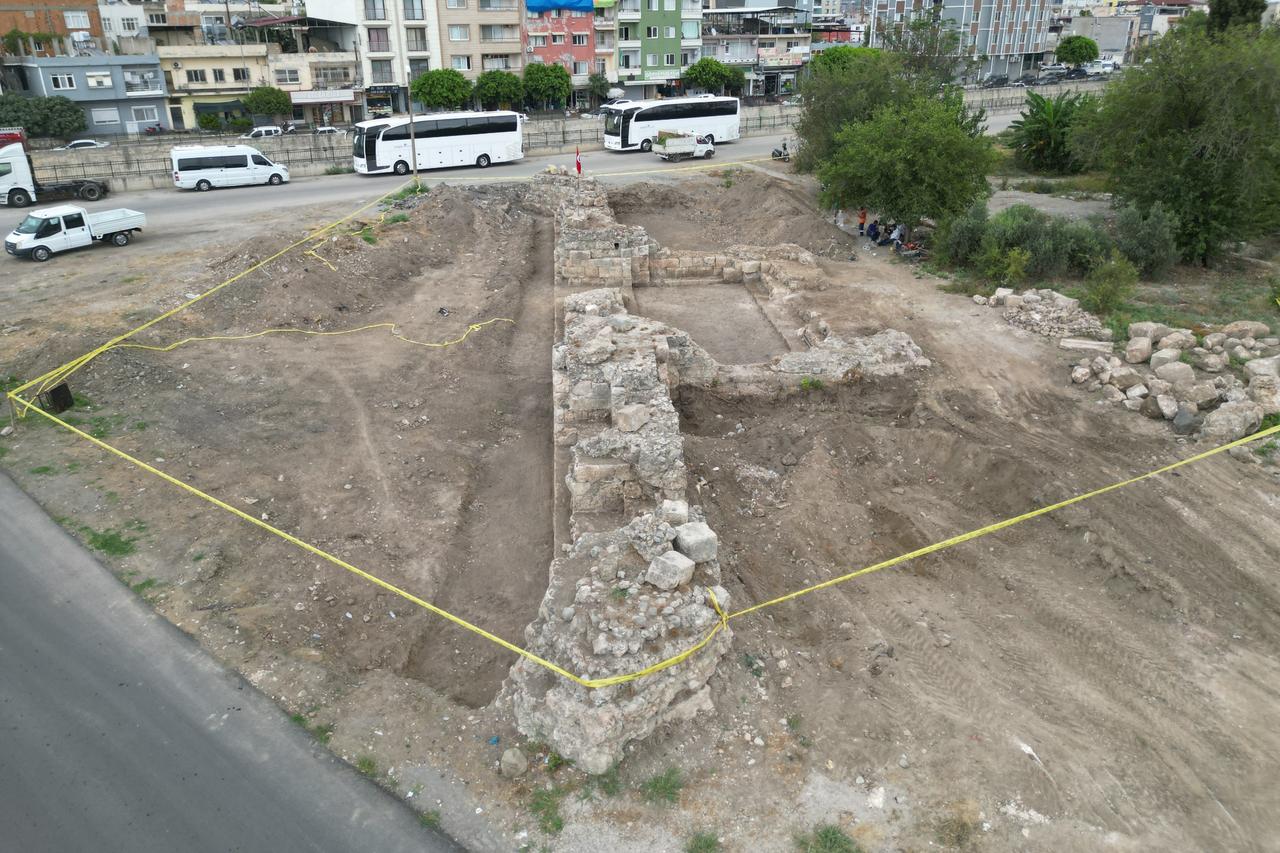
Archaeological work in Iskenderun, Hatay, has exposed what excavators describe as the largest part of Iskenderun Castle uncovered so far, revealing substantial wall remains in an area that many local residents had scarcely recognized as a historic site.
The structure sits along Ibrahim Karaoglanoglu Street and is now being brought to light by teams working under the Ministry of Culture and Tourism, even as a modern highway bisects the site roughly 2 to 3 kilometres along its route.
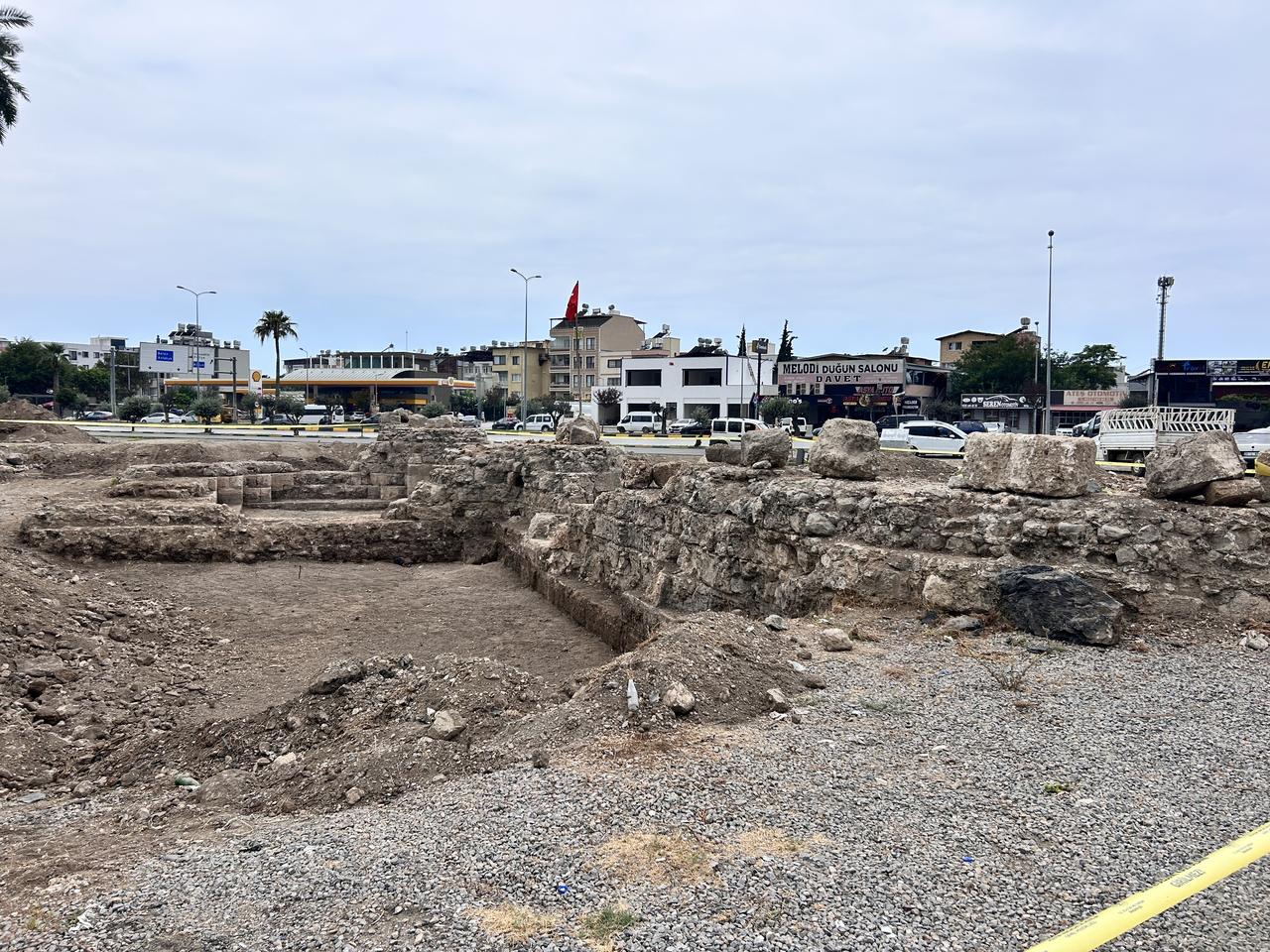
The feature has long carried mixed identities in written sources and travelers’ accounts, which have blurred its classification. Some records and maps have labeled it a “kule” (often translated as a tower) while others list it as the central fortress, or “Merkez Kale.”
Notable Ottoman and early-modern chroniclers also differed in their descriptions: Piri Reis referred to the place in terms that fit a tower, while Evliya Celebi later recorded that rebuilding was attempted during the reign of Sultan Ahmed I (circa 1,600–1,620) under Veziriazam Nasuh Pasha (the Ottoman title for grand vizier, a chief minister), but the works were never finished.
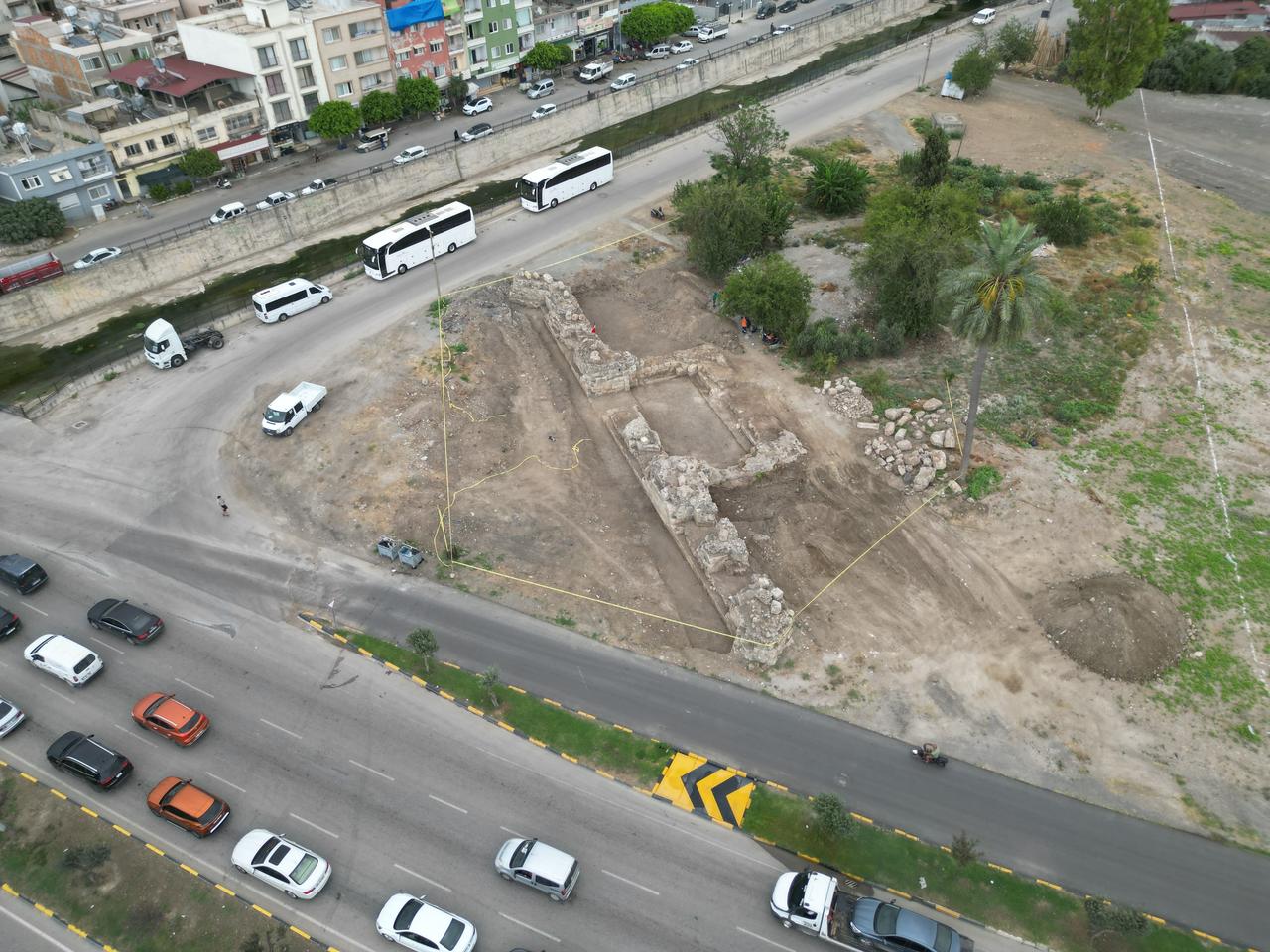
A contemporary European observer left a striking account that has been passed down. Jean Baptiste Tavernier wrote: “About a mile from Iskenderun, on the right of the main road and opposite the other marsh, there is a tower where Godefroi de Bouillon’s weapons are still kept. It looks as if this tower was built to defend the road, which is surrounded on both sides by wide marshes that emit very dangerous gases.”
That depiction captures both the site’s defensive purpose and the marshy landscape that once shaped the coast.
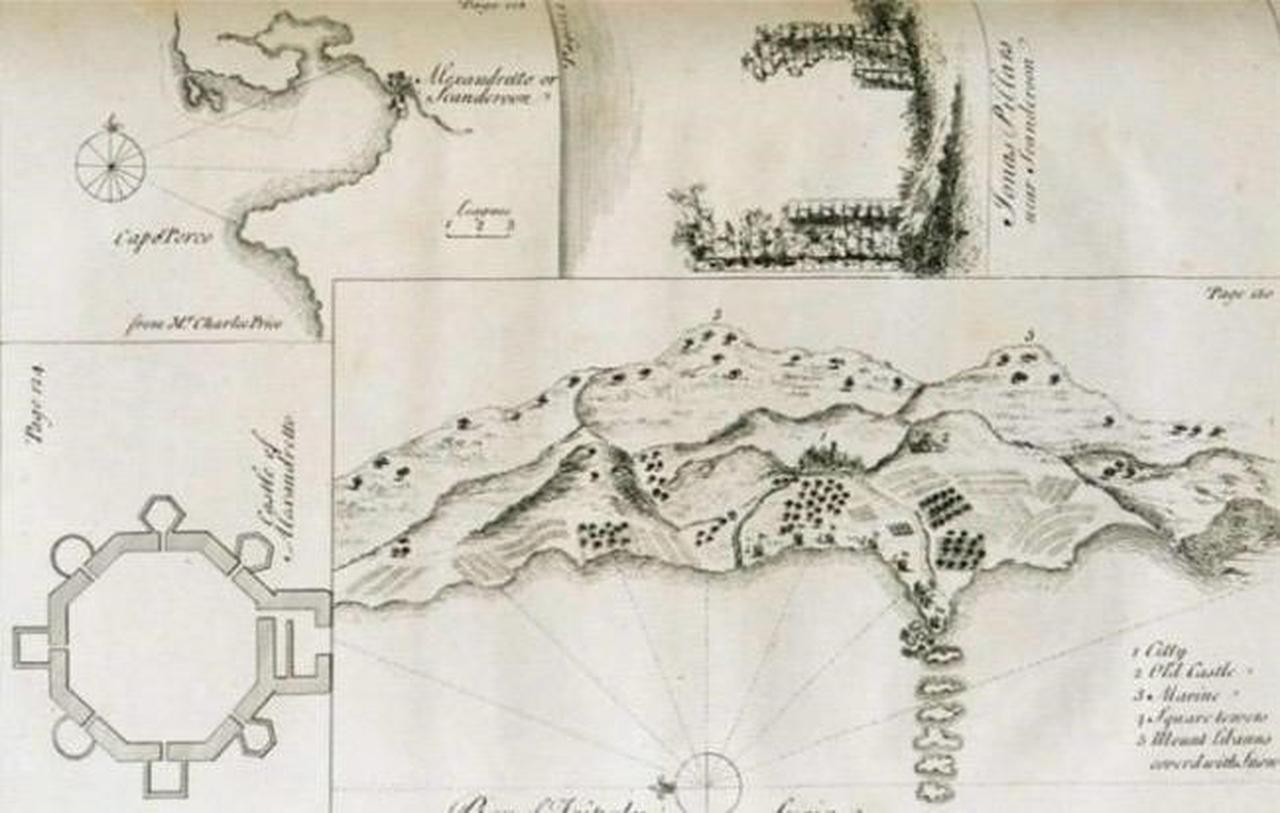
Evliya Celebi recorded the attempt by Veziriazam Nasuh Pasha to repair or rebuild the site during Ahmed I’s rule, but said the work remained incomplete. Later archival material and local reports indicate that stones from the ruined walls were reused in surrounding homes and even in the construction of the local Latin Catholic church, contributing to the castle’s long decline into a scattered ruin.
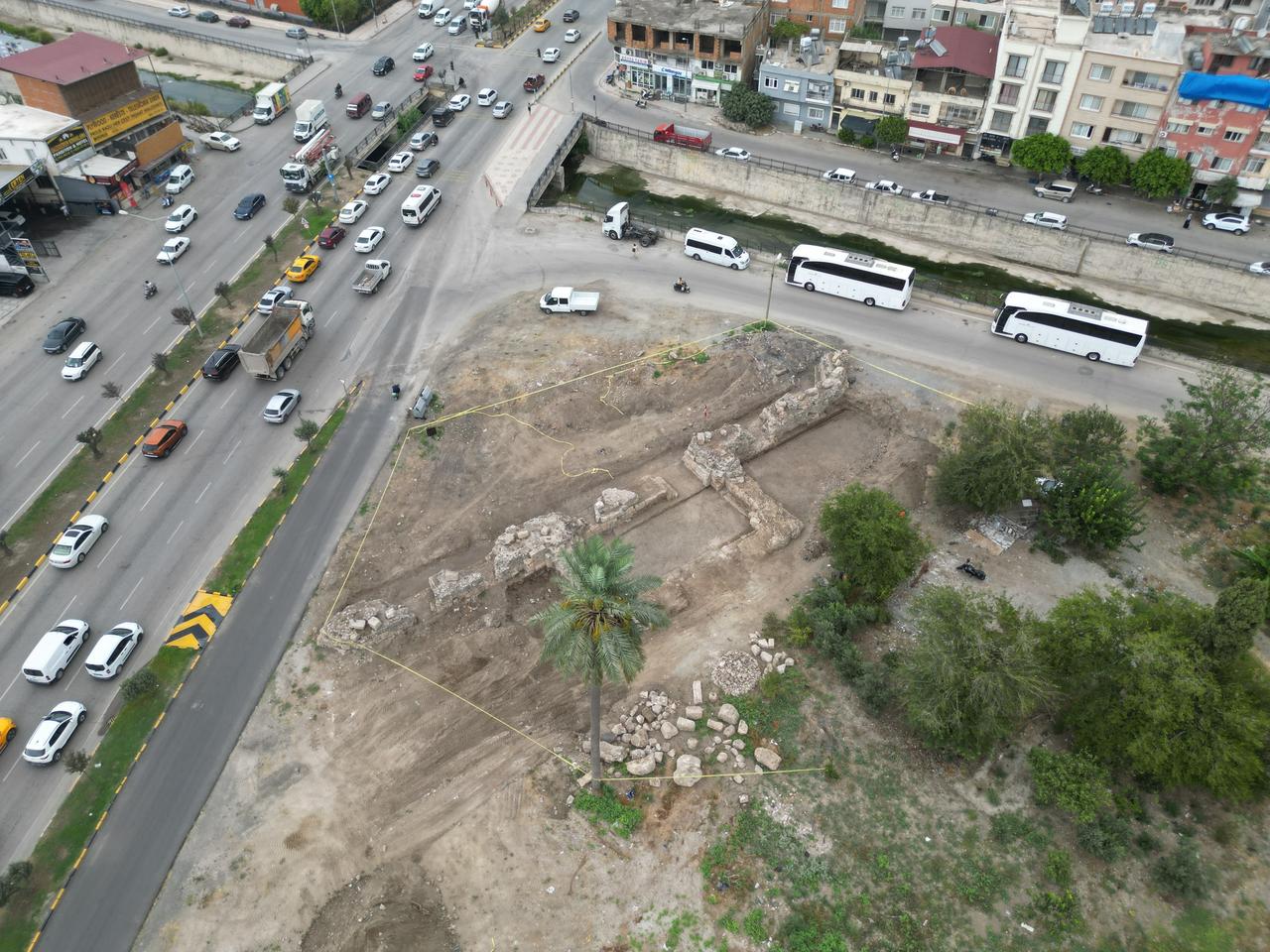
Older maps, including a plan from the late 18th century, show the area as a natural harbor and suggest that the site once lay much closer to the sea. Mooring rings hammered into the castle’s wall imply maritime use, and several such iron rings were reportedly sold to scrap dealers in the 1990s, with the last example disposed of in 1998.
In 1895, when cholera brought health inspectors to the area, Dr. Serefeddin Magmumi viewed the ruins and suggested the site had once served to mark Alexander the Great’s victory over the Persian king Dara, arguing that sediment carried by rivers later pushed the shoreline outward and left the fortress inland.
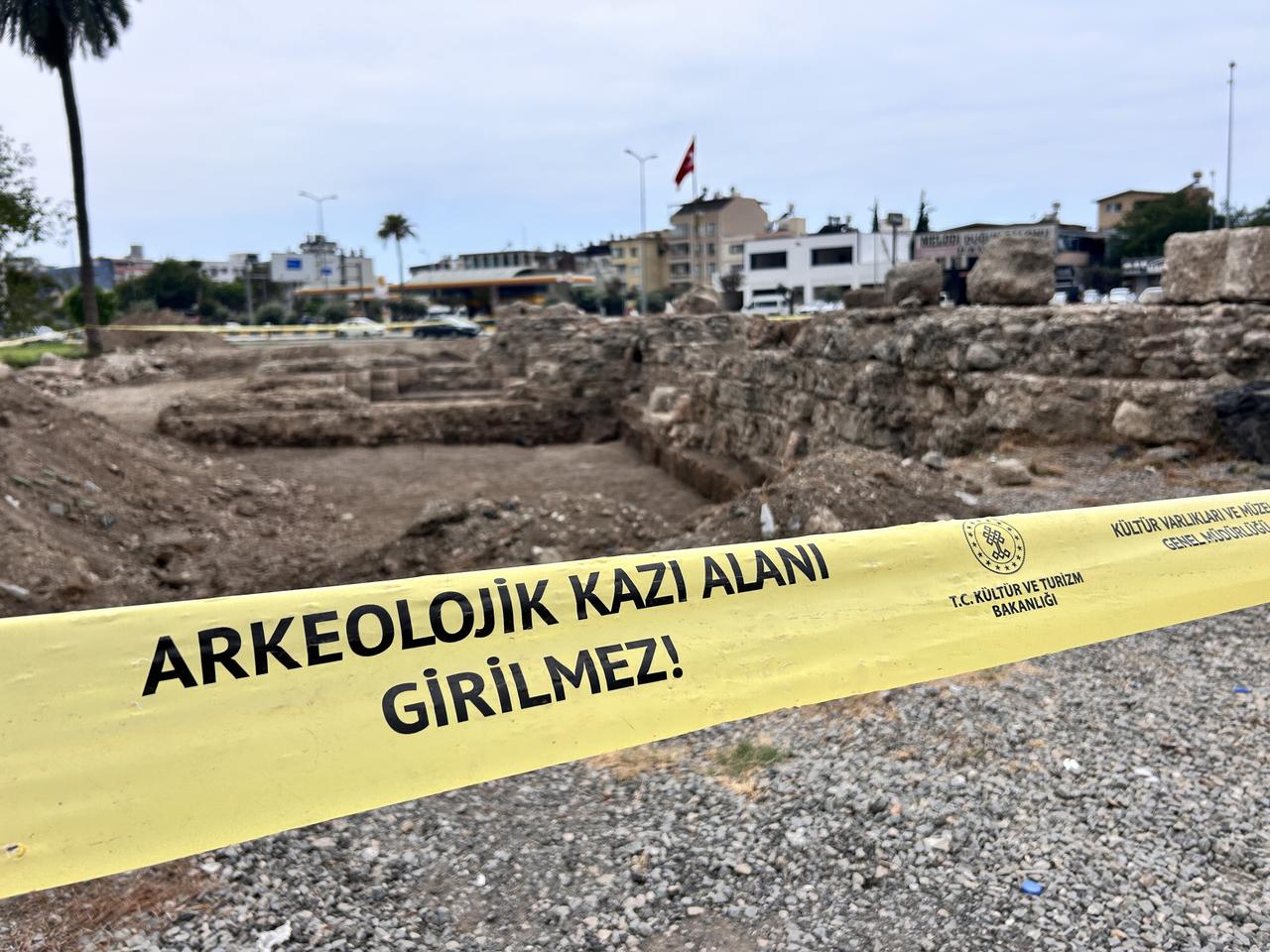
Work on a municipal underpass in 2018 led to the protection of the southeast gate remains, and official excavations continue to reveal more of the structure along Ibrahim Karaoglanoglu Street.
Today, parts of the site are still used for local commerce, including green olive stalls, even as archaeologists and conservators work to record and protect what may be the only visible archaeological relic remaining in this part of the city.